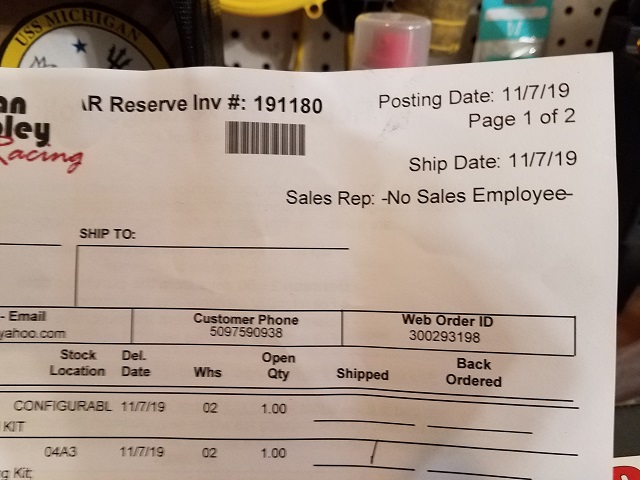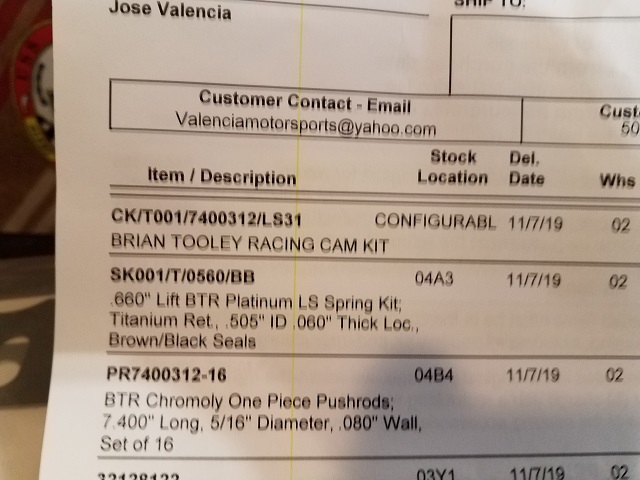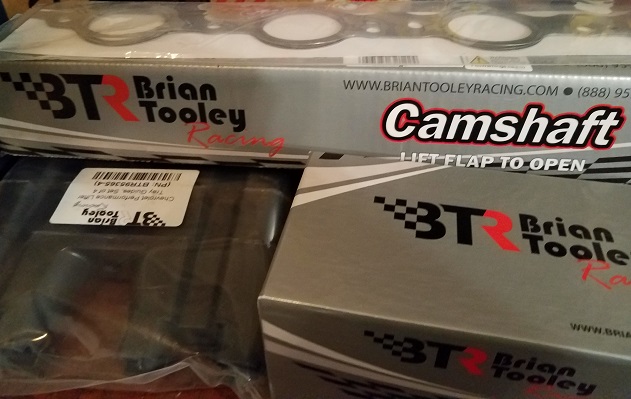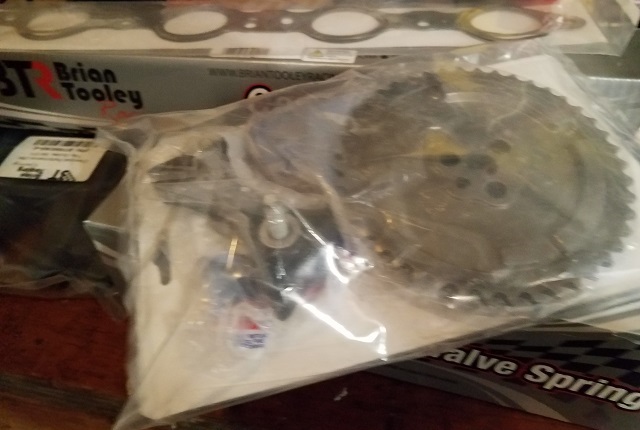noteven
Nov 10, 2019Explorer III
New Ford 7.3 V8
I see people calling this a “big block” engine. Is it part of a series of engines of different displacements based on a common “big” block?
FishOnOne wrote:ls1mike wrote:
Just one more I can't let it go, please help me
My 11 second 2000 WS6 Cold start.
Cold start video
Fuel injection is the best. :)
Ok I am done.
Looks to be Trans Am with those honey comb tail lights is the tell tail sign of a LS engine under the hood.
ls1mike wrote:
Just one more I can't let it go, please help me
My 11 second 2000 WS6 Cold start.
Cold start video
Fuel injection is the best. :)
Ok I am done.





Huntindog wrote:ShinerBock wrote:You know you may have a point about hard parts.Huntindog wrote:
As usual, some respond without reading,/comprehending my entire post.
HINT: I said MOST!!
I stand by that statement.
If it doesn't apply to you..... Don't get your panties in a bunch.
BTW..... 797 HP is available stock. No need to even tune it.
I know what you meant, and most people I know who have tuned their own diesel truck also installed hard parts or configured hard parts on their truck in one fashion or another or have a garage do it. In many cases they tune the truck to take advantage of these hard parts. Very few people that I know only tune and that is it. Although, the tuners themselves have to get their hands dirty in the tuning process as well. There is a lot more involved than just hooking up a laptop and doing a remap. Lots of dyno and driving time especially for street driven tunes and even more so for tow tunes.
Tuning a fuel map on an ECM is no different than configuring a carburetor, adjusting timing on a distributor, or replacing a cam. The difference is that these parts were fixed back in the day and could not be adjusted as you are driving. With today's engines, they are not fixed and can be adjusted via the ECM. One of the main reasons why they are adjustable is due to emissions requirements (both gas and diesel) and in many cases power can be added(up too a point) by removing this emissions tuning.
However, you still need to add hard parts to increase power past this point. For N/A engines, you can't get that much added power and will have to start adding hard parts if you want to get any real increase in power over 30hp. For forced induction engines, a lot more power can be had out of the box especially diesels due to how the restrictive the factory tuning is to keep the engine within emission standards. Well over 50hp can be had with FI engines with just tunning.
Most if not all of the tuners I speak do know how to cut the muffler off.
I guess that counts as a hard part. :B
ShinerBock wrote:You know you may have a point about hard parts.Huntindog wrote:
As usual, some respond without reading,/comprehending my entire post.
HINT: I said MOST!!
I stand by that statement.
If it doesn't apply to you..... Don't get your panties in a bunch.
BTW..... 797 HP is available stock. No need to even tune it.
I know what you meant, and most people I know who have tuned their own diesel truck also installed hard parts or configured hard parts on their truck in one fashion or another or have a garage do it. In many cases they tune the truck to take advantage of these hard parts. Very few people that I know only tune and that is it. Although, the tuners themselves have to get their hands dirty in the tuning process as well. There is a lot more involved than just hooking up a laptop and doing a remap. Lots of dyno and driving time especially for street driven tunes and even more so for tow tunes.
Tuning a fuel map on an ECM is no different than configuring a carburetor, adjusting timing on a distributor, or replacing a cam. The difference is that these parts were fixed back in the day and could not be adjusted as you are driving. With today's engines, they are not fixed and can be adjusted via the ECM. One of the main reasons why they are adjustable is due to emissions requirements (both gas and diesel) and in many cases power can be added(up too a point) by removing this emissions tuning.
However, you still need to add hard parts to increase power past this point. For N/A engines, you can't get that much added power and will have to start adding hard parts if you want to get any real increase in power over 30hp. For forced induction engines, a lot more power can be had out of the box especially diesels due to how the restrictive the factory tuning is to keep the engine within emission standards. Well over 50hp can be had with FI engines with just tunning.
Huntindog wrote:
I miss the old days. They were IMO, what hot rodding was all about. The Chevy SB had so many possible configurations that one could swap things aroung and build a motor such as the 383... A motor that chevy never produced.
Those were the days when Hot rodders actually got into the inner workings of motors, porting heads, lapping valves, fitting piston rings. installing cams.... Nowadays most just tap on a keyboard and "tune" a motor... The Tuners never get any grease/oil on their hands. Hard to see that as mechanicing... More like playing a video game.